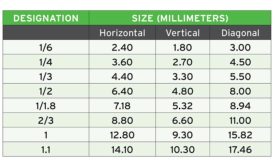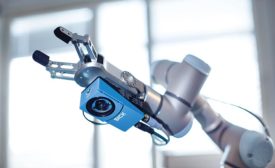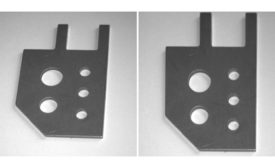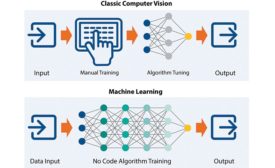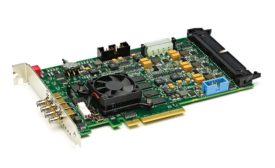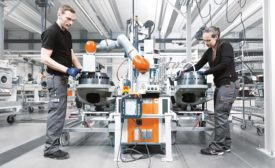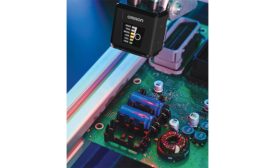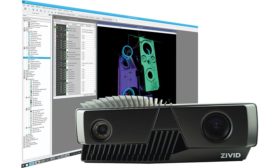Vision & Sensors
Appropriate lighting can be critical to the success or failure of the project.
Read More
Machine Vision Systems Design: The Basics
Systems integration is the process of bringing together diverse and disparate components and sub-systems and making them function as a single unified system.
September 1, 2020
A Customizable Vision for the Quality Profession
The future of quality inspection is one that will see quality professionals working side-by-side with collaborative robots fitted with easily-swapped vision systems.
September 1, 2020
Several Common Image Analysis Software Tools in Machine Vision
There are many different ways that an image can be distorted.
September 1, 2020
Vision & Sensors Headline
AIA Announces New International Vision Solutions Conference
August 12, 2020
Simplifying AI Deployment for Quality Inspection
Adopting a hybrid approach that marries classic and machine learning techniques for quality inspection can simplify deployment.
June 30, 2020
Machine Vision Frame-by-Frame
Once written off as old tech, the frame grabber has become a necessary, dynamic component of industrial inspection.
June 30, 2020
Vision & Sensors
The Fine Line between Industrial and Collaborative Robots: It’s Smaller than You Think
Knowing how much human-robot collaboration your application needs is the first step towards a successful adoption.
June 27, 2020
Vision & Sensors
Achieving higher levels of quality consciousness with Traceability 4.0
Success in building the factory of the future depends on manufacturers reimagining and broadening their investment in an operational stragety that's been around for decades.
June 25, 2020
Stay in the know with Quality’s comprehensive coverage of
the manufacturing and metrology industries.
eNewsletter | Website | eMagazine
JOIN TODAY!Copyright ©2025. All Rights Reserved BNP Media.
Design, CMS, Hosting & Web Development :: ePublishing

